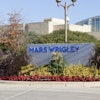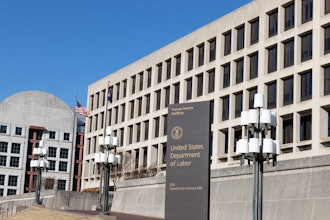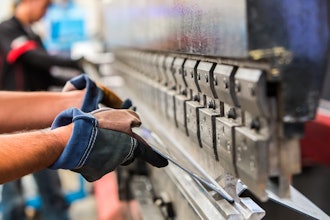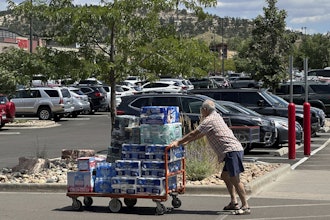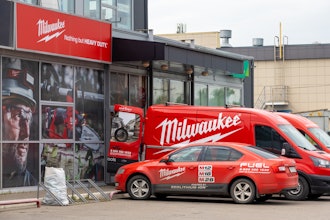The economy grew at an annual rate of 5.4% in the first quarter of 2000, slowing from 7.3% in the fourth quarter of 1999.
The driving force was a broad-based consumer spending spree. The strongest components were autos and home furnishings. The Federal Reserve's fifth rise in interest rates has done little to slow consumer demand for big ticket items, even though slightly slower home sales were recorded in the first quarter.
The GDP price deflator, which gauges inflation, measured 2.6% as higher commodity prices, particularly oil, and wage rates came into play. The Department of Commerce said, after excluding food and energy, the index actually measured 1.8%, down from 2% in the fourth quarter.
Business spending rebounded from its fourth quarter pre-Y2K slump. Expenditures were fueld by a $20 billion jump in computer equipment, after adjustments for price deflation. All major components were strong, especially software and communications. Industrial equipment expenditures also rose slightly.
The GDP is the total of goods and services produced within the U.S. There are three estimates of the quarterly report released by the Bureau of Economic Analysis.
The next GDP report will be released on May 25, 2000.


